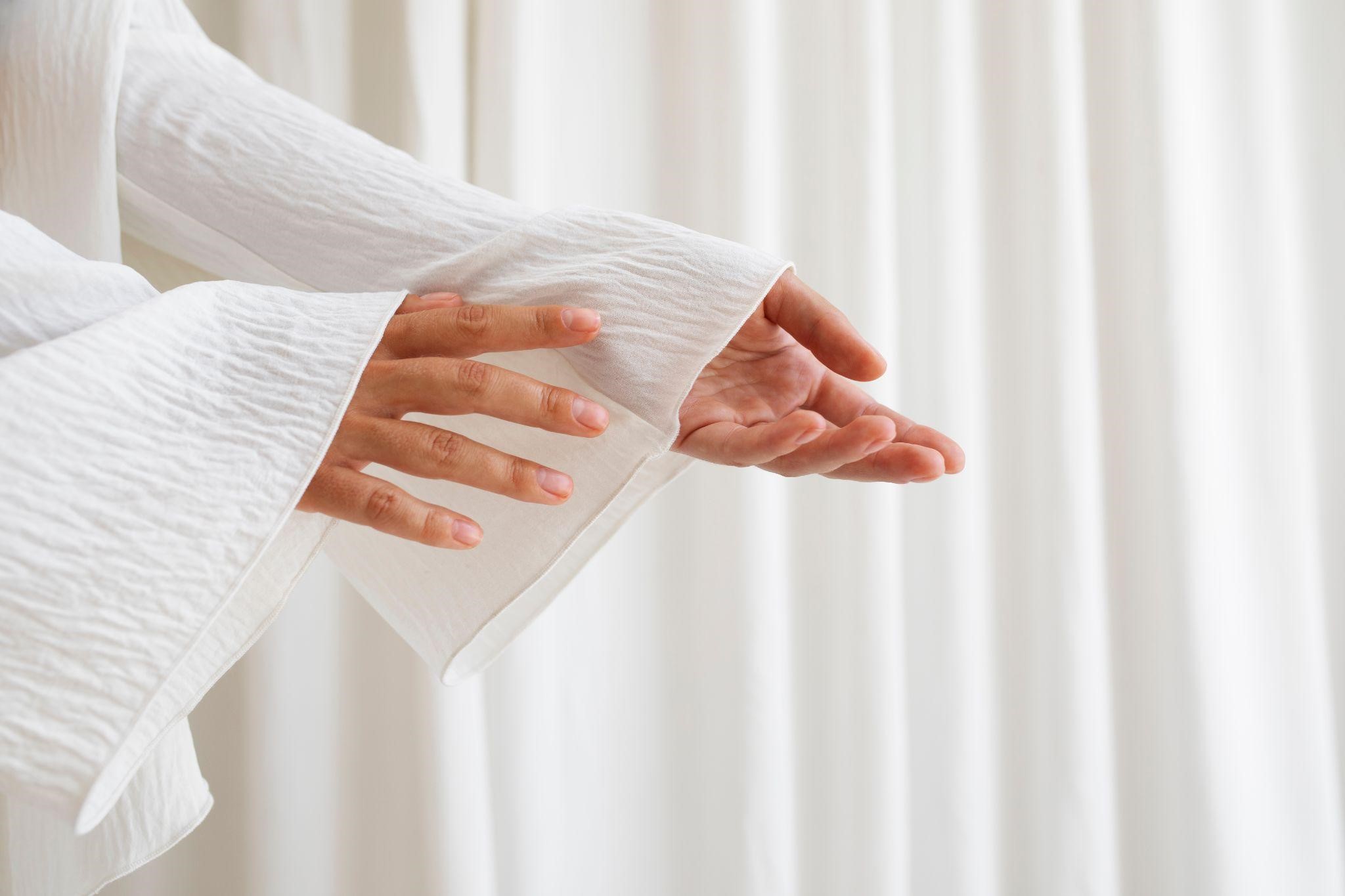
Dermatitis, in its simplest form, is inflammation of the skin. This condition can manifest in various forms, from eczema to contact dermatitis, with differing levels of severity. For those of us who live with dermatitis, managing the condition can be a daily challenge. However, one aspect of dermatitis management that is often overlooked is the role of fabric choice in skin health.
Your skin is the largest organ in your body, and it plays a crucial role in protecting you from harmful external influences. However, when you have dermatitis, your skin’s barrier function is compromised, making it more susceptible to irritants. This is where the importance of fabric choice comes in.
The fabrics that come into contact with your skin can either soothe, or exacerbate your dermatitis symptoms. Therefore, understanding which fabrics are dermatitis-friendly is an essential part of managing your skin health.
The Importance of Fabric Choice in Managing Dermatitis
The fabric choice is crucial in managing dermatitis because the wrong fabric can cause unnecessary friction, heat, and irritation, leading to flare-ups. Too often, we prioritize fashion over comfort and disregard the potential harm certain materials can cause to our skin.
On the other hand, choosing the right fabric can help control dermatitis symptoms. Certain fabrics can keep your skin cool, minimize friction, and prevent irritation. They can also help in moisture management, a key factor in maintaining skin health.
Understanding how different fabrics can impact your skin is not just about managing dermatitis symptoms. It also plays a crucial role in preventing potential flare-ups and contributing to overall skin health.
Understanding Different Fabric Types and Their Impact on Skin Health
When it comes to fabric types and their impact on skin health, not all fabrics are created equal. Some fabrics are naturally more skin-friendly than others, while others can trigger or worsen dermatitis symptoms.
Synthetic fabrics such as polyester, nylon, and rayon, for instance, tend to trap heat and moisture, creating a breeding ground for bacteria and fungi. They can also cause friction and irritation, leading to skin discomfort and potential dermatitis flare-ups.
On the other hand, natural fabrics like cotton, silk, and bamboo are more breathable, allowing for better air circulation and moisture management. However, even among natural fabrics, some are more dermatitis-friendly than others.
The Best Dermatitis-Friendly Fabrics
So, what are the best dermatitis-friendly fabrics? As a general rule, natural and breathable fabrics are the best choice for people with dermatitis. These include cotton, silk, bamboo, and linen.
Cotton is a popular choice due to its softness, breathability, and hypoallergenic properties. It also absorbs moisture well, which can help keep your skin dry and comfortable.
Silk, meanwhile, is smooth and soft, reducing friction and irritation. It’s also hypoallergenic, making it a good choice for those with sensitive skin.
Bamboo fabric is becoming increasingly popular due to its softness, breathability, and antimicrobial properties. It’s also highly absorbent, helping to keep your skin dry.
How to Identify and Choose Dermatitis-Friendly Fabrics
Identifying and choosing dermatitis-friendly fabrics is not always straightforward. While natural, breathable fabrics are generally the best choice, there are other factors to consider.
Firstly, it’s important to check the fabric’s content. Even if a garment is labeled as cotton or silk, it may contain a percentage of synthetic fibers. Always aim for 100% natural fibers where possible.
Secondly, consider the fabric’s weave. A loose weave allows for better air circulation, which can help keep your skin cool and dry.
Lastly, think about the fabric’s finish. Some fabrics are treated with chemicals or dyes that can irritate the skin. Opt for untreated, natural fabrics where possible.
The Role of Dermatitis-Friendly Fabrics in Skin Health Maintenance
Dermatitis-friendly fabrics play a crucial role in skin health maintenance. By minimizing friction, heat, and irritation, these fabrics can help prevent dermatitis flare-ups and promote skin healing.
Additionally, dermatitis-friendly fabrics can contribute to moisture management, a key factor in maintaining skin health. By absorbing moisture and allowing for better air circulation, these fabrics can help keep your skin dry and comfortable.
Lastly, by reducing exposure to potential irritants, dermatitis-friendly fabrics can help strengthen your skin’s barrier function, further contributing to skin health.
Where to Buy Dermatitis-Friendly Fabrics
Dermatitis-friendly fabrics can be found in many places, from high-street stores to online retailers. However, it’s important to do your research and check the fabric content before making a purchase.
Some brands specialize in dermatitis-friendly clothing and bedding, offering a wide range of products made from 100% natural fibers. You can also find dermatitis-friendly fabrics at fabric stores, allowing you to make your own clothing or bedding.
Tips for Maintaining and Cleaning Dermatitis-Friendly Fabrics
Maintaining and cleaning dermatitis-friendly fabrics is just as important as choosing them. Improper care can damage the fabric’s properties, reducing its effectiveness.
Firstly, always follow the care instructions provided by the manufacturer. Secondly, use a gentle, fragrance-free detergent to avoid irritating your skin. Lastly, avoid using fabric softeners as they can leave a residue on the fabric that can cause skin irritation.
Conclusion
In conclusion, fabric choice plays a crucial role in managing dermatitis and maintaining skin health. By understanding the impact of different fabrics on your skin and choosing dermatitis-friendly fabrics, you can help control your dermatitis symptoms, prevent flare-ups, and contribute to overall skin health. Remember, your skin deserves the best care, and that includes the fabrics that come into contact with it.

